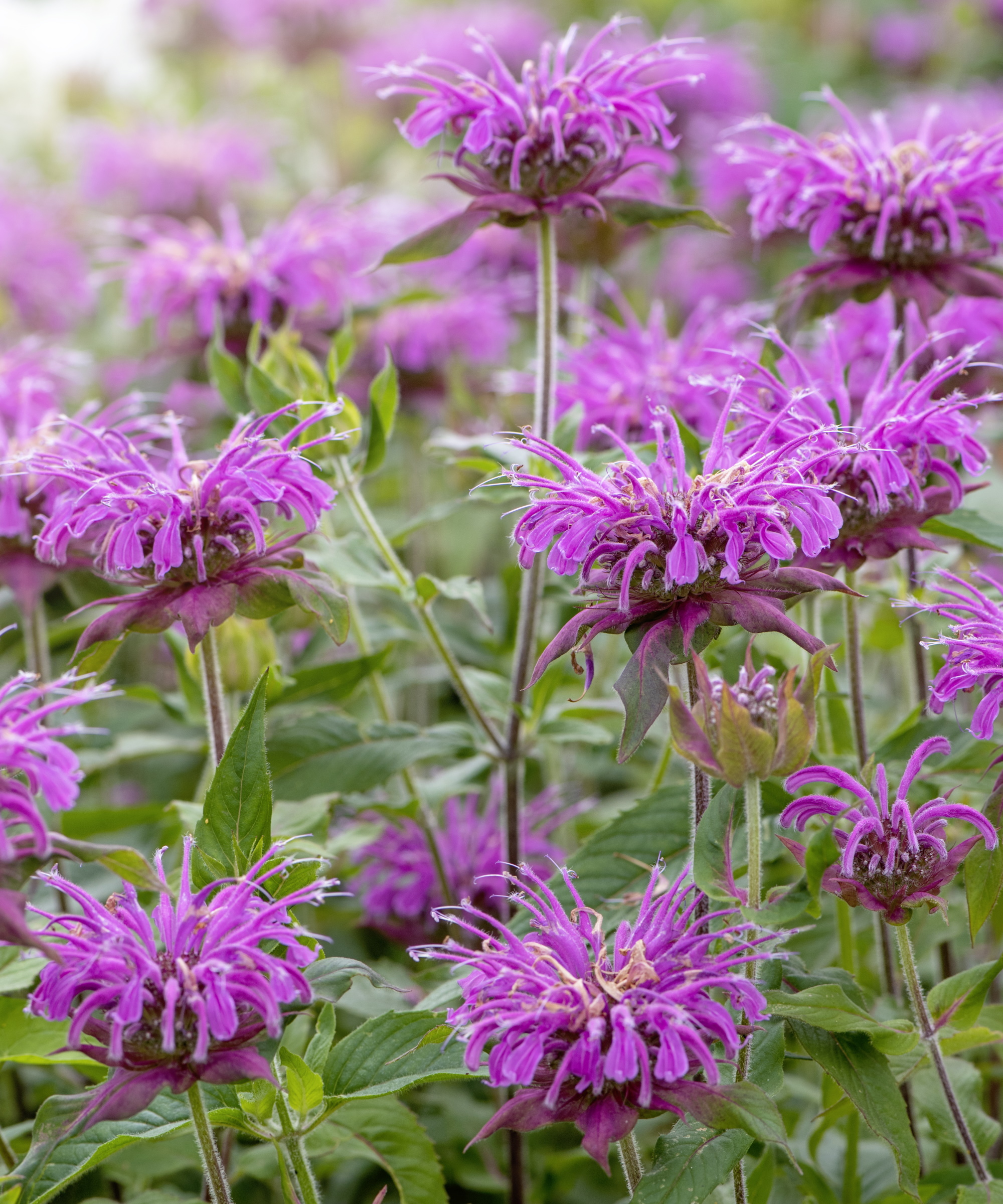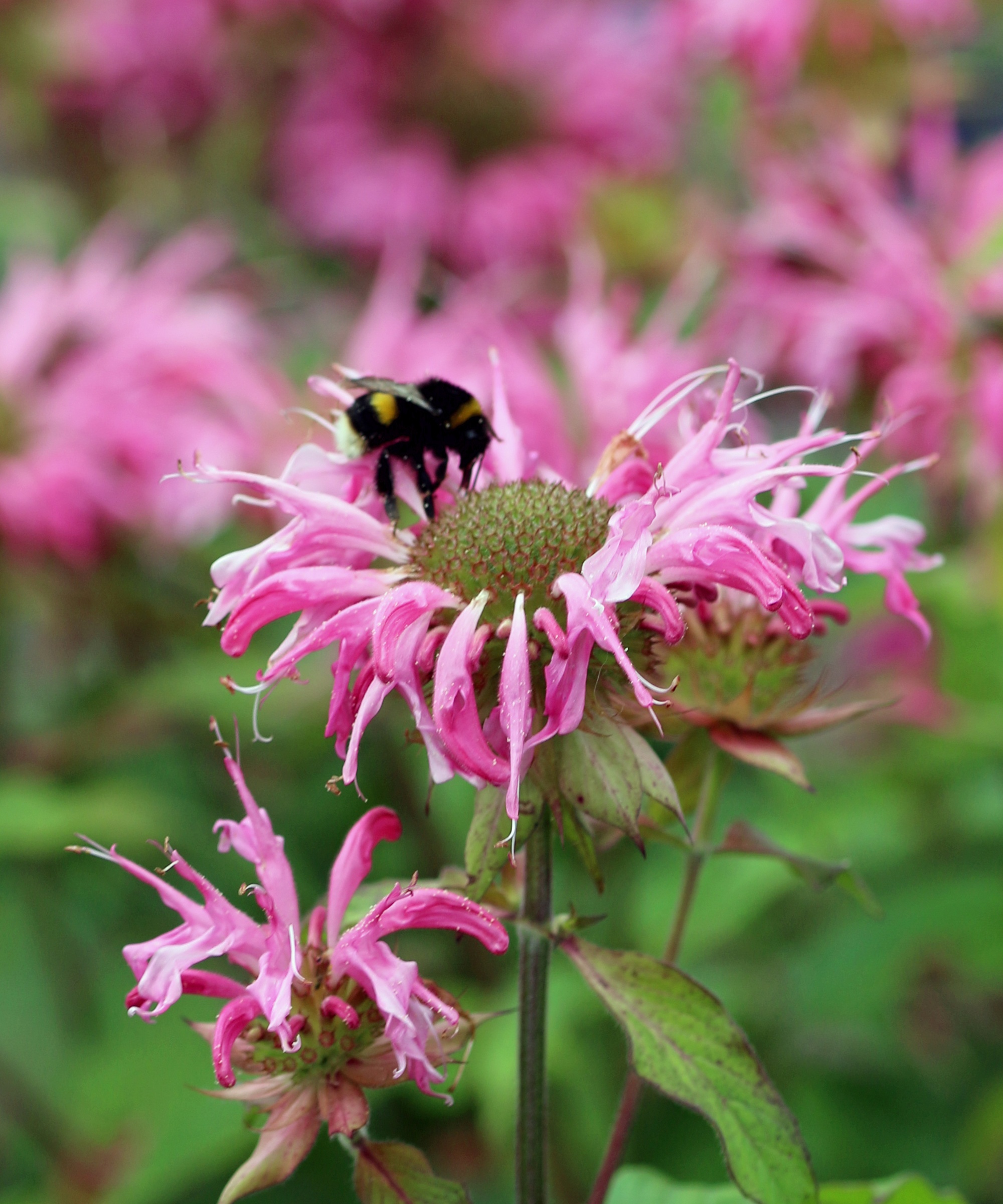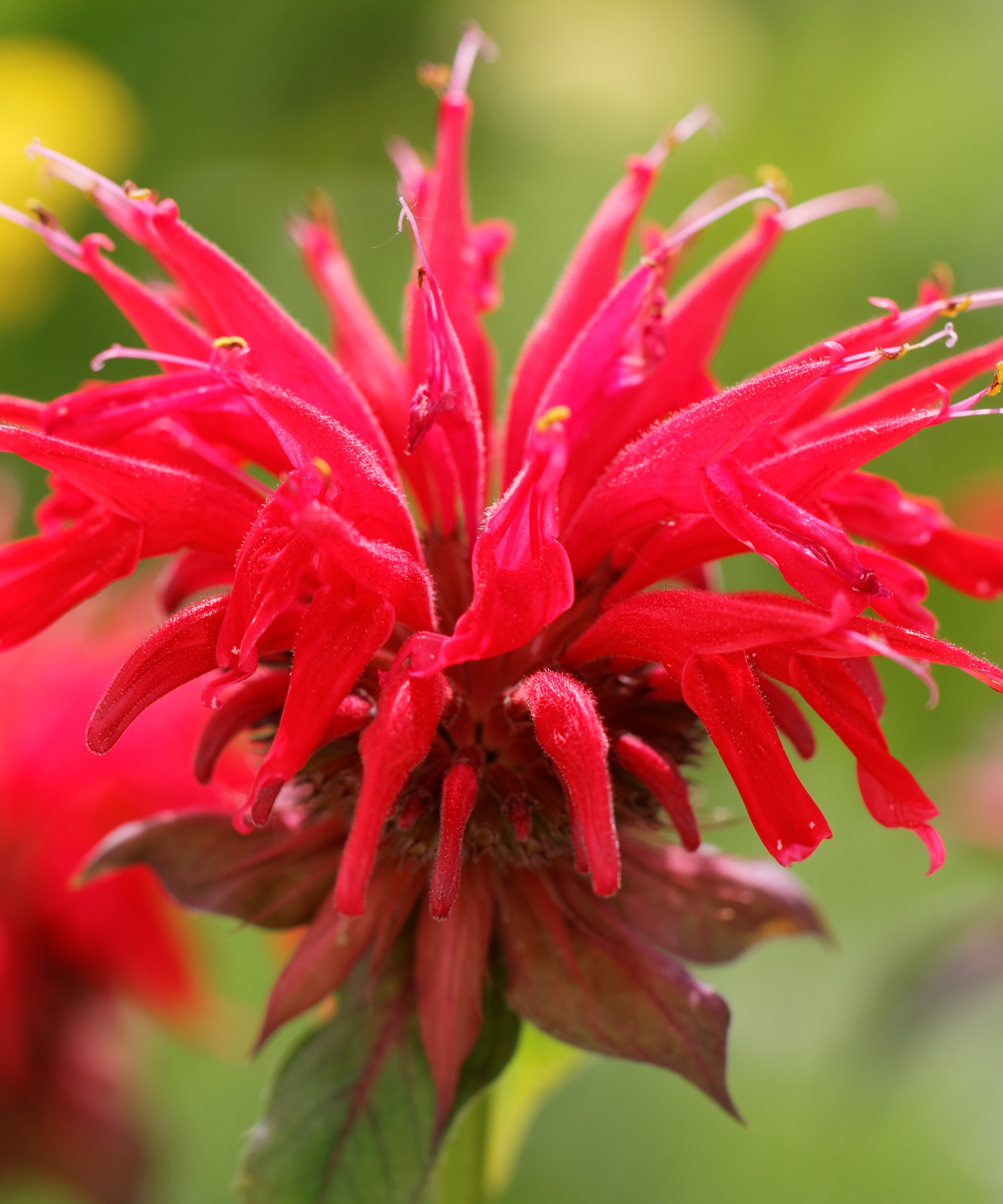
Bee balm, also known as monarda or bergamot, is much-adored for its bright flowers with tubular petals and colorful bracts. Loved by gardeners and pollinators alike, these attractive, nectar-rich flowers can be enjoyed for the longest time possible if you deadhead bee balm throughout the season.
Yes, deadheading isn’t strictly necessary when you grow bee balm. However, taking the time to deadhead bee balm rewards you with more of these glorious flowers as well as neater, healthier plants. That should be enough to convince you of the merits of deadheading.
If you wish to learn more, let’s explore why, when, and how to deadhead bee balm plants. With simple tips from seasoned horticulturists, even if you’ve never deadheaded bee balm before, you will become a convert in no time at all.

Should you deadhead bee balm?
Deadheading isn’t strictly required when growing bee balm. The plant will grow and flower happily without any deadheading, though there are several benefits to heading out and undertaking this simple task.
If you deadhead bee balm, the clump will look aesthetically pleasing all season long. It will look neat without any dying brown flower heads detracting from the overall look. However, the primary reason to deadhead bee balm is to get the longest display of blooms to enjoy.
'As soon as each flower fades, the plant shifts its resources from petal production to seed formation,' says Jessica Mercer from Plant Addicts. 'Removing spent heads redirects that energy into fresh buds instead of seeds, so you gain successive flushes of color from July well into late summer.'
With bee balm being one of the best plants for pollinators, deadheading means a longer season of flowers for you to enjoy, plus more blooms providing a source of nectar and pollen for bees, butterflies, and hummingbirds.
Deadheading bee balm thins the plant to prevent the development of powdery mildew, a common fungal issue with bee balm during humid weather.
Thinning improves air and light penetration through the clump, reducing the risk of your plants developing the white, powdery coating on their leaves, which indicates powdery mildew.
Also, since bee balm is a well-known self-seeding flower, deadheading before it produces seeds prevents unwanted plants from appearing throughout the garden.
When to deadhead bee balm

Bee balms typically flower in early to midsummer, though some early monarda varieties start blooming in late spring.
As soon as you spot the first flowers start to fade on the plant, that is the moment to head out and begin deadheading bee balm. From that point on, it should be on your summer gardening checklist to give your bee balm regular attention.
'Deadheading should be a regular part of your summer gardening routine,' recommends Amy Enfield, senior horticulturist at ScottsMiracle-Gro. 'Check your plants every couple of days and remove spent flowers as needed.'
That little-and-often approach pays dividends; it can be quick and easy to deadhead the odd few flowers every few days, and the rewards outweigh the effort involved.
As Jessica Mercer says: 'A quick five-minute inspection once or twice a week is easier than tackling a mass of brown seed heads later.'
If you do wish to allow the bee balm to reseed naturally, or you want to collect seeds to sow yourself next year, you can stop deadheading in early fall. This allows some of the flowers to go to seed.
How to deadhead bee balm

Deadheading bee balm is very simple and does not require fancy pruning tools. While some plants can be deadheaded by hand, it is best to use clean and sharp pruning shears or garden snips to deadhead bee balm.
'Simply snip the flower stem back to just above the first set of leaves or where you see a developing side bud,' advises Amy Enfield. Pay close attention to not accidentally remove any buds, as this is a deadheading mistake that deprives you of potential flowers to enjoy.
When an individual stem has finished its sequence of flowers and no new buds are developing, Jessica Mercer recommends 'cut it back to the crown to stimulate new flowering shoots' from the base.
Any spent flower heads and pieces of stems that are disease-free can be collected and added to your home compost.
These lightweight and comfortable pruning shears are perfect for deadheading bee balm throughout the summer, as well as many other pruning tasks
These ergonomic gardening gloves are comfortable and flexible for deadheading and will protect your hands from cuts or scratches.
This pocket-sized sharpening tool is ideal for keeping your pruning shears sharp for deadheading.
Bee balm is a plant that responds well to being cut back in spring, in a pruning method known as the ‘Chelsea Chop’.
Named after the RHS Chelsea Flower Show that takes place annually in late May, it is a pruning technique that stimulates the development of lots of side shoots to carry large numbers of blooms.
Cut back the perennial by up to a third in late May or June to reap the rewards of this technique and get lots of blooms to enjoy on more compact plants.







